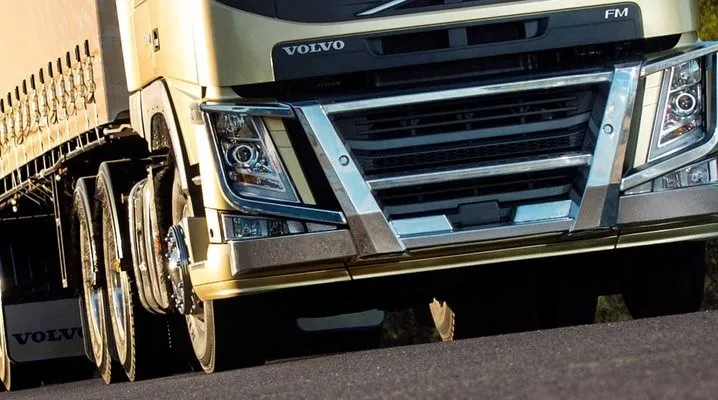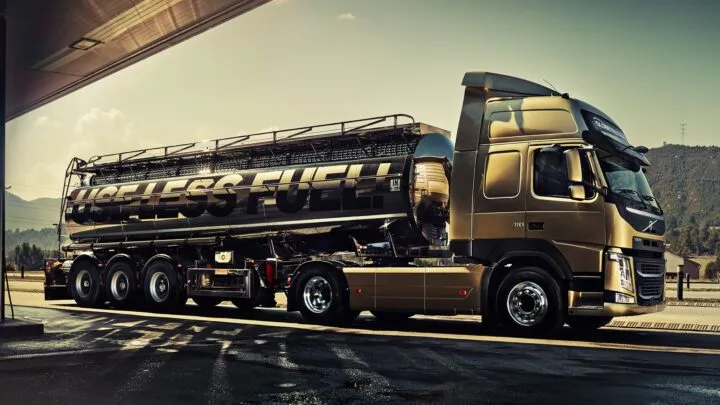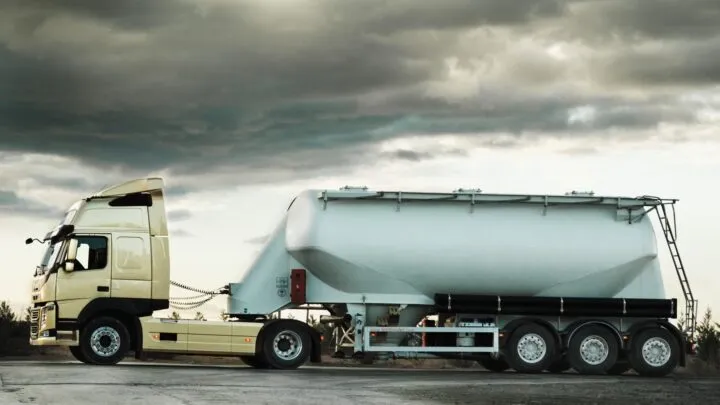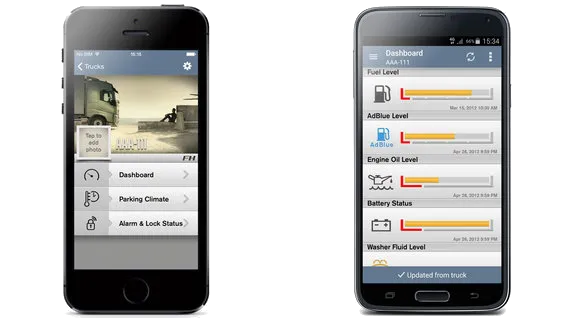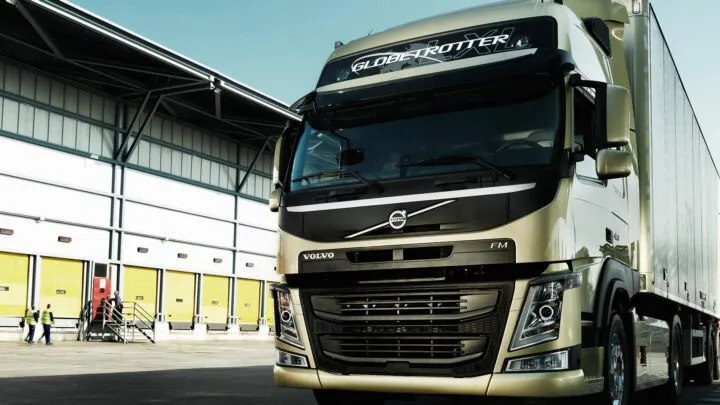The key to profitability is total cost of ownership. To maximise profit, you need the right truck, personalised services and an extensive support network that keeps you on the road.
The versatile Volvo FM now offers two locally built models, the FM11 and FM13, both meeting Euro6 emission standards. These trucks not only feature reduced emissions but also deliver improved fuel efficiency. The spacious, ergonomic cab includes an extra-low entry, a wide pocket-spring bed, and ample storage for driver comfort. With efficient powertrain options and the I-Shift gearbox, the FM provides exceptional driveability. Safety is enhanced with Volvo Dynamic Steering, electronic climate control, and a remote key with a panic button. Additionally, the aerodynamic exterior improves both visibility and efficiency, making the FM an ideal choice for regional distribution.
All locally build FM models are proud to be certified ‘Australian Made’, there has never been a better time to support the local economy by choosing to invest in locally produced trucks.
EURO5 SPEC SHEET | EURO6 FACT SHEET
Enquire Now
The key to profitability is total cost of ownership. To maximise profit, you need the right truck, personalised services and an extensive support network that keeps you on the road.
The versatile Volvo FM now offers two locally built models, the FM11 and FM13, both meeting Euro6 emission standards. These trucks not only feature reduced emissions but also deliver improved fuel efficiency. The spacious, ergonomic cab includes an extra-low entry, a wide pocket-spring bed, and ample storage for driver comfort. With efficient powertrain options and the I-Shift gearbox, the FM provides exceptional driveability. Safety is enhanced with Volvo Dynamic Steering, electronic climate control, and a remote key with a panic button. Additionally, the aerodynamic exterior improves both visibility and efficiency, making the FM an ideal choice for regional distribution.
All locally build FM models are proud to be certified ‘Australian Made’, there has never been a better time to support the local economy by choosing to invest in locally produced trucks.
EURO5 SPEC SHEET | EURO6 FACT SHEET



